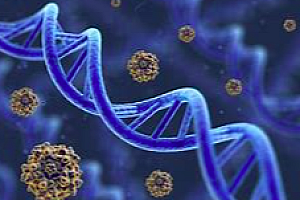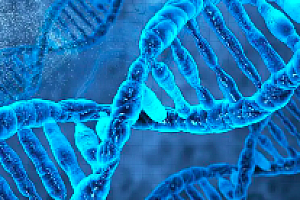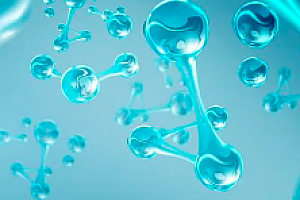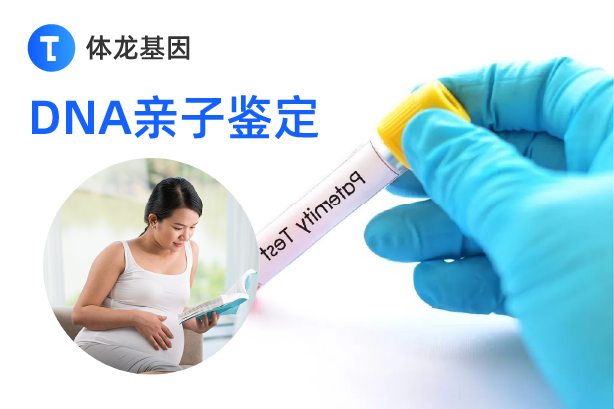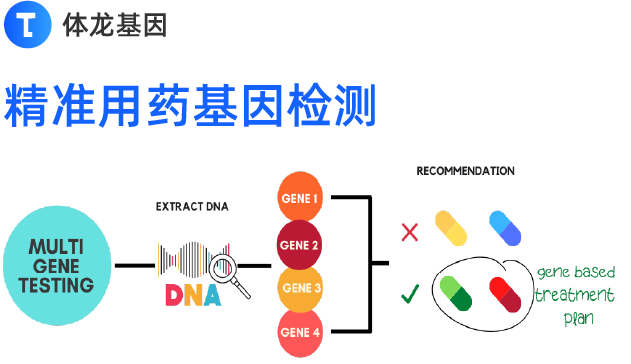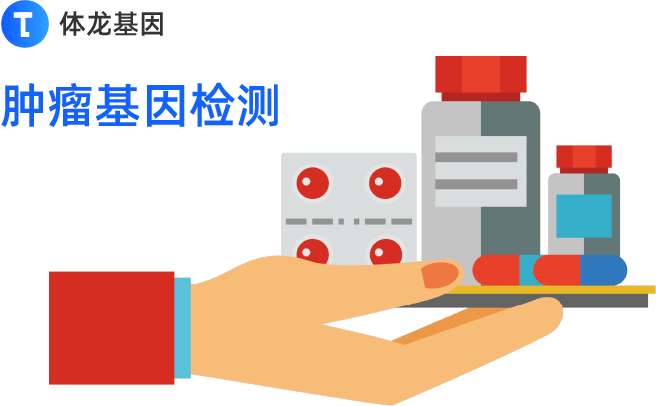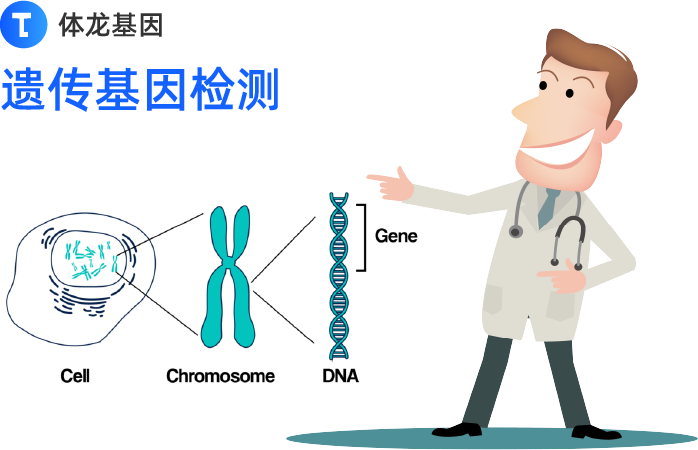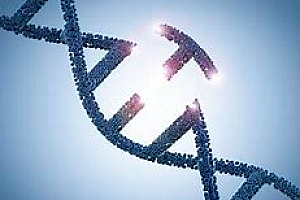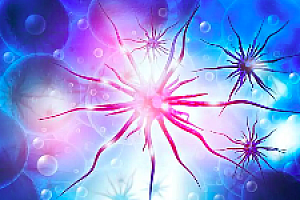近日,在举办的2018年美国心脏协会会议上,来自美国西北大学Feinberg医学院的研究人员指出,未来仅需要一次注射就能够逆转动脉粥样硬化,动脉粥样硬化的主要特征是动脉和血管变窄,而引发动脉变窄的原因就是胆固醇斑块的堆积。
图片来源:cardiacscreen.co.uk
而诸如他汀类等药物则能够控制低密度脂蛋白(LDL,有害胆固醇)的水平,从而降低动脉粥样硬化患者机体动脉的斑块负担,但他汀类药物却无法有效逆转这类疾病的进展。治疗动脉粥样硬化的其它手段还包括搭桥手术和支架植入等,但这些手段都无法有效逆转动脉粥样硬化,而且还会对患者的血管壁造成一定的损伤。
研究者Mansukhani表示,我们的目的就是开发一种无创、非手术性的新型疗法,通过利用在实验室中开发出的基于纳米纤维的肽类来靶向作用血管,从而抑制并且逆转疾病的发生;这些小型的纤维分子含有一些特殊的颗粒能够将胆固醇沉积物从动脉壁中清除。研究人员在实验室中合成了能够靶向作用斑块区域的自组装肽类纳米纤维材料,其能通过静脉注射的方式来进行运输,更重要的是,这些合成性的工程化纳米纤维还含有一些特殊的氨基酸序列,能够促进胆固醇的分解。
为了检测这一概念,研究人员对小鼠进行遗传修饰使其出现动脉粥样硬化,随后对其高脂肪饮食喂食14周时间,随后给小鼠每两周注射肽类纳米纤维或盐水,持续8周时间。研究者表示,他们或许能在实验室中对动物模型进行研究来得到重复性的结果,因此首先他们就要通过研究来确定,这种新型疗法是否能够靶向作用动脉粥样硬化的斑块区域。
当8周治疗结束后,研究者发现,雄性小鼠的动脉斑块区域降低了11%,而雌性小鼠降低了9%。研究结果表明,这种新型的靶向性纳米纤维或能特异性地结合机体动脉粥样硬化的病变部位,并且当进行短期治疗后,这种疗法就能够明显降低机体的斑块负担;最后研究者指出,这仅仅是一项初期研究,后期他们还需要进行更为深入的研究来在人类机体中证实这种新型疗法的疗效。
原始出处:
Preliminary research shows noninvasive therapy may reverse atherosclerosis
An injection may one day be able to reverse atherosclerosis, according to emerging research presented at the American Heart Association’s Vascular Discovery: From Genes to Medicine Scientific Sessions 2018, a premier global exchange of the latest advances in vascular biology for researchers and clinicians.
Atherosclerosis is characterized by a narrowing of arteries and blood vessels caused by a build-up of a hard, waxy substance called plaque, which is rich in cholesterol.
Drugs such as statins are used to control low density lipoprotein (LDL) the so-called bad cholesterol and thus decrease “plaque burden”, explained Neel A. Mansukhani, M.D. lead author of the study and an integrated vascular surgery fellow at Northwestern University Feinberg School of Medicine in Chicago. “But statins have not been proven to reverse the disease.” Mansukhani said.
Other treatment approaches for atherosclerosis, which can narrow blood vessels and arteries throughout the body, include bypass surgery and stenting, but neither reverses the disease and each can cause damage to the vessel wall, he said.
“Our aim was to develop a non-invasive, non-surgical, novel therapy to halt and reverse the disease by actually targeting the vessel wall with peptide-based nanofibers developed in the laboratory,” Mansukhani said. The tiny fibers contained particles that helped remove cholesterol deposits from the plaque in the artery walls.
(责任编辑:sgx)




